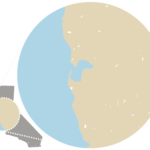Herzog
Wine Country
All About the Grapes
The richness of the earth truly rises up to meet your senses in our vineyards. The terroir of Herzog Wine Country fills you with the intuition that all is right with the world and with our grapes.
It’s the morning sunlight. It’s the dew on the leaves. It’s the richness of the soil. It’s the sound of your footsteps gently crunching the earth. We invite you to explore Herzog Wine Country—the regions of California where we nurture and source our fruit. This is where the story of our wine begins, with the finest grapes ready to tell you their story.
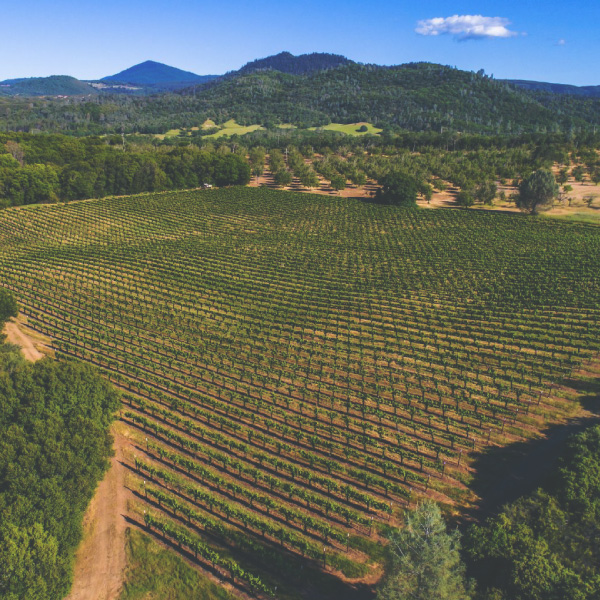
Lake County
The volcanic eruptions of centuries long ago blessed Lake County with a wide choice of soils: fragments of gravel, sand, and tephra, mixed with pockets of heat-retaining obsidian. The shallow mountainous soils drain freely and allow the vines to produce low yields of small berries bursting with a concentration of flavor. North from its well-known brother, Napa County, Lake County is the next great AVA in California.
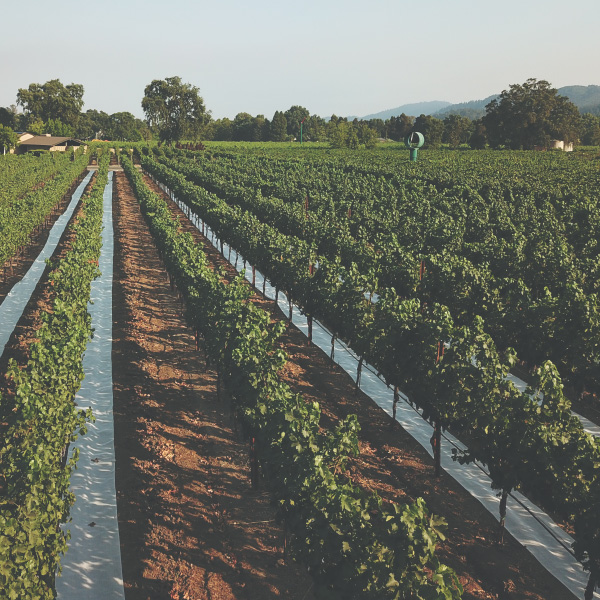
Napa Valley
The Napa Valley practically evokes Eden among wine enthusiasts. Nearly everyone has visited or wants to travel to this apex of American AVAs. Giving a home to 100 variations of soil (half of the world’s soil varieties) deposited by volcanic activity and erosion, such diversity allows more than three dozen grape varietals to be grown in a relatively small area.
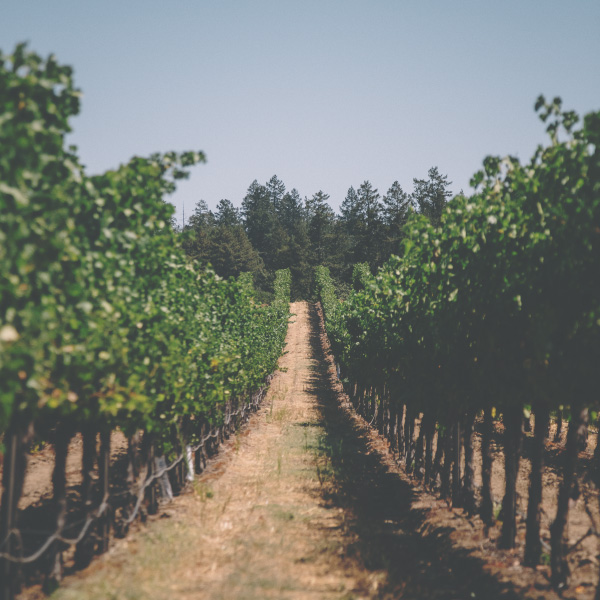
Alexander Valley
Sometimes overlooked, the unmatched beauty and rugged vistas of the Alexander Valley take your breath away. The valley is 22 miles long and fans out from two to seven miles. The gentle waters of the Russian River wind along the valley floor. The geography creates that perfect cradle for grapes—early morning fog, warm days, and cool nights. This idyllic microclimate invites many wine grape varieties.
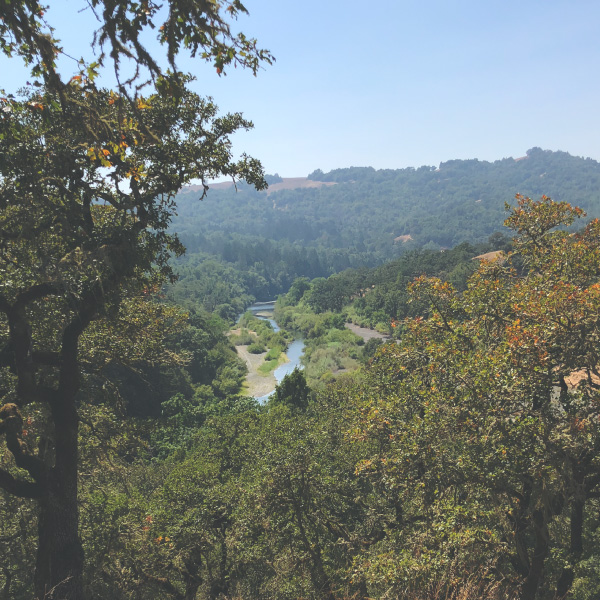
Russian River Valley
The ecology of the valley, created by volcanic eruptions millions of years ago, spread ash over layers of bedrock and sandstone to form a loam known as “Goldridge soil.” The area is best known for its marine climate created by its proximity to the Sonoma coastline, which nurtures cool weather grape varietals. The appellation extends from the town of Healdsburg west to the Pacific Coast Hills, and features vineyards, apple orchards, small dairies, farms, and small towns.
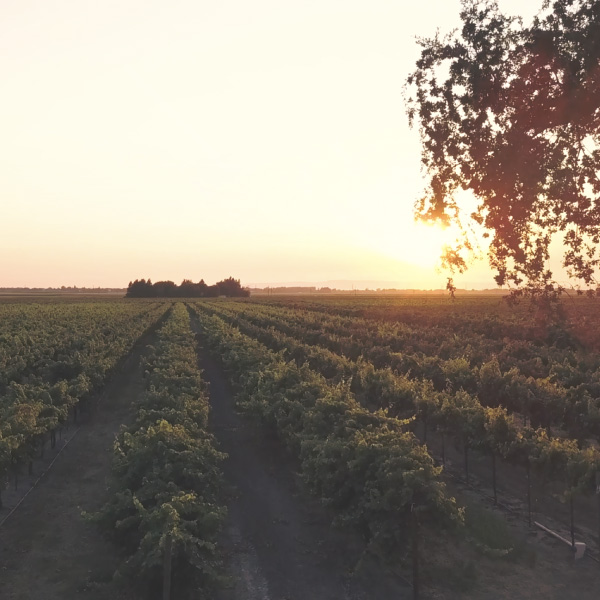
Clarksburg
With slow draining clay and loam soils, this region marries arid conditions with a nutrient-rich base. Summer days are warm, but each afternoon Clarksburg welcomes cool breezes from the San Francisco Bay that preserve acidity in the ripening fruit. Chenin Blanc and Chardonnay grapes mature in this region.

Lodi
Nestled at the northern tip of the San Joaquin Valley just east of the San Francisco Bay, Lodi’s four soils begin to make their gentle ascent to the foothills of the Sierra Nevada. The seductive Mediterranean climate consists of warm days and cool evenings accented by a gentle maritime wind from the Sacramento River Delta. Zinfandel reigns, as more of it is grown in Lodi than anywhere else in the world, with Old Vine Zin as its specialty.
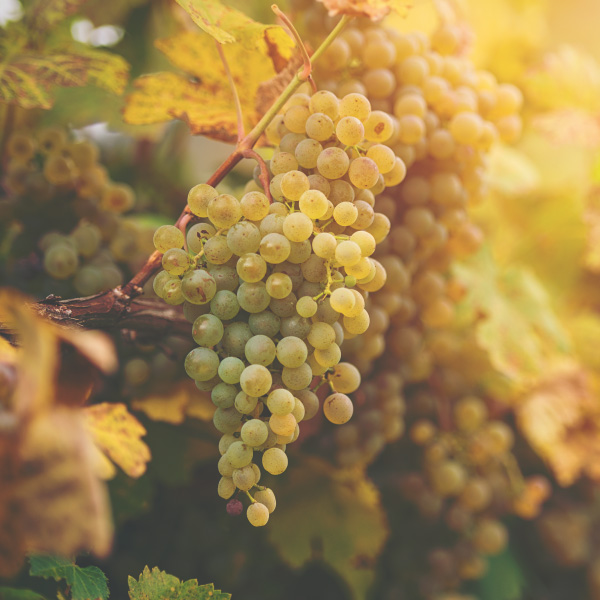
Monterey County
Known for the rugged beauty of Big Sur, the charm of Carmel, and the lore of Pebble Beach, Monterey County is home to 39,300 acres of wine grapes and about 75 wineries and growers. This is a growing area that requires patience and irrigation. Monterey Bay cools the region and the sandy soil thirsts for water. Due to the cool growing conditions, harvest is typically two weeks later than other regions, allowing for a long season and slow fruit maturation. But the patience definitely pays off.
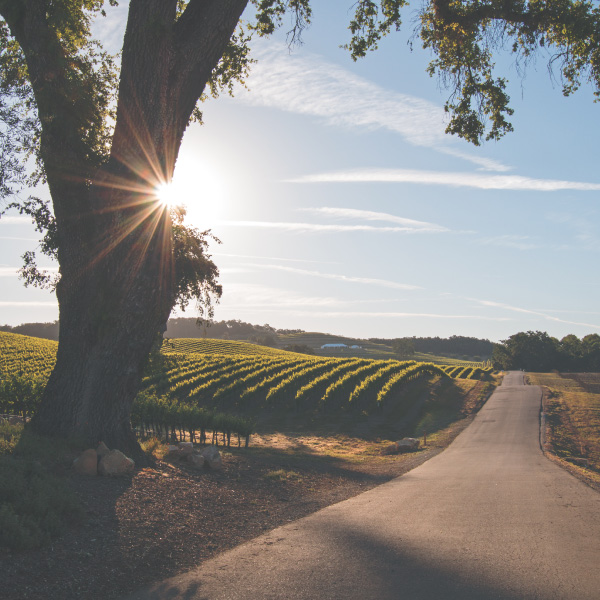
Paso Robles
Expanding more rapidly than other AVAs in California, Paso Robles is a welcome late-comer. The Santa Lucia range largely shelters Paso Robles from the fog that cools the region. Vineyards in the western region embrace both calcareous and siliceous rocky soils, and daytime summer temperatures often top 90°F. Cool ocean breezes each evening cascade down the eastern mountain slopes, which maintain the grapes’ acidity. The eastern half of the AVA tends to be warmer and drier.

